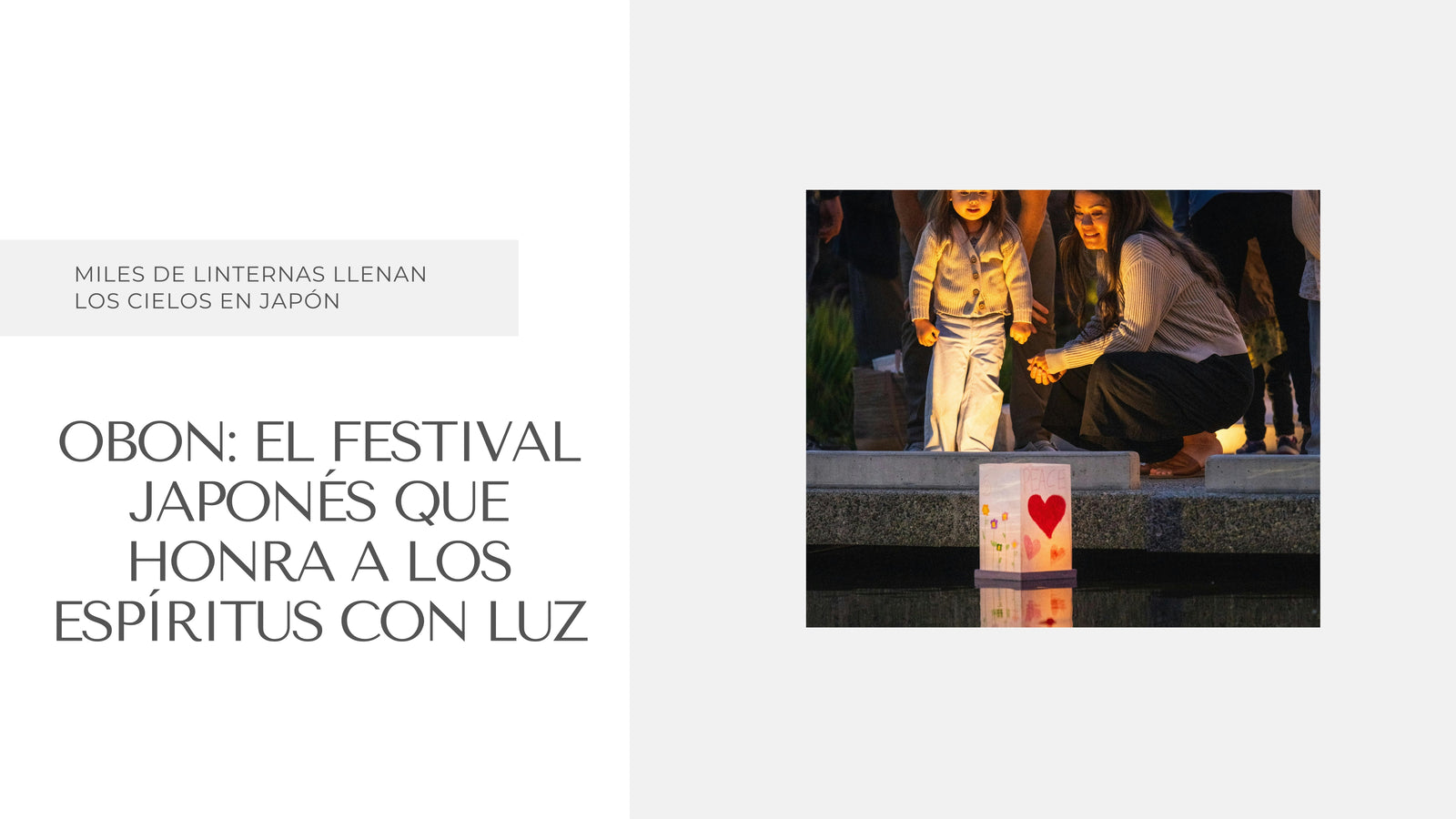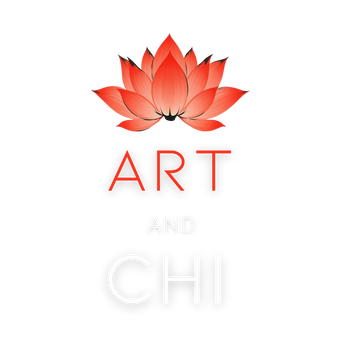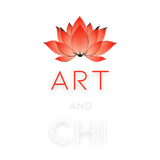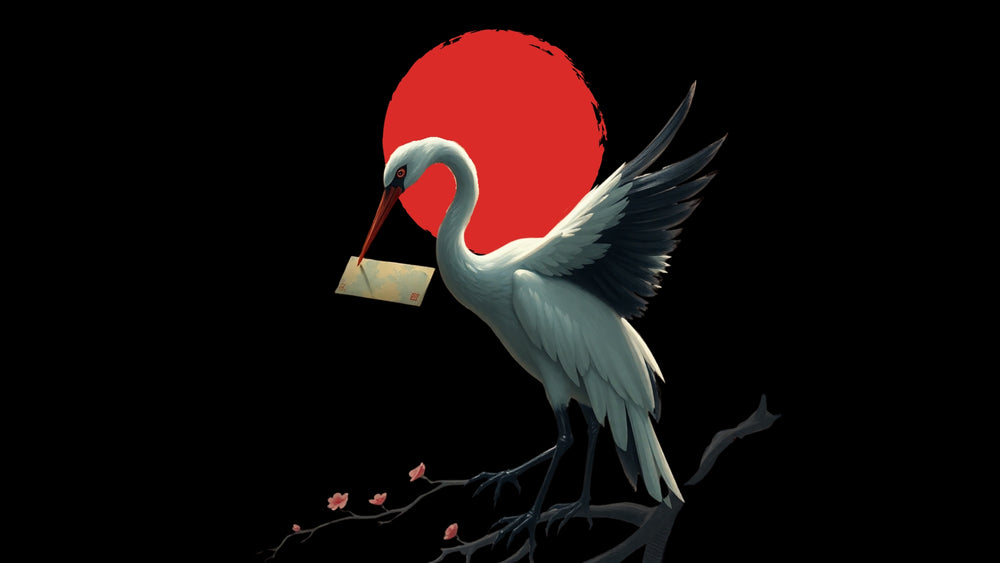Obon: The Japanese festival that honors spirits with light

When night falls on the temples and the wind barely touches the water, hundreds of lanterns float silently. They are messages of love, memories, and gentle farewells that light the way back for those who are no longer with us .
Where and When
Every summer in Japan, between August 13 and 15 (some regions celebrate it in July), one of the most moving rituals of the spiritual calendar takes place: Obon , the festival of the spirits.
This ancient Buddhist festival honors the memory of ancestors with light, dance, and contemplation. And in an era that calls for reconnecting with our roots, Obon is a reminder that true bonds never die. They merely change form.

Spiritual origin of the Obon festival
Obon has its roots in Mahāyāna Buddhism and ancient Japanese beliefs about the soul. Its origin can be traced to the Ullambana sutra , which tells the story of Maudgalyayana (Mogallana) , one of the Buddha's foremost disciples, known for his extraordinary mystical abilities and great filial piety. After achieving enlightenment and developing supernatural powers, Maudgalyayana uses his divine vision to search for his deceased mother. He finds her suffering terribly in the Realm of Hungry Ghosts.
Since then, Japanese families believe that during Obon, the souls of the deceased return to the earthly world for a few days. To welcome them, home altars are set up, graves are cleaned, offerings are made, and lanterns are lit as guides of light.
It's a celebration of love, gratitude, and renewal. But also of beauty. Because in Japan, even goodbye is celebrated with beauty.
Soul rituals: how to experience Obon
1. Mukae-bon – The Welcome of the Spirits
On August 13, paper lanterns ( chochin ) are placed at gates and in cemeteries to guide the spirits to the family home. Sometimes small bonfires, called mukaebi (welcoming fires), are lit.
2. Bon Odori – The dance for those who return
During the festival, communities gather to dance to the rhythm of taiko in plazas and temples. Bon Odori is a simple, repetitive circular dance that symbolizes the joy of reuniting with one's ancestors. Everyone is welcome to participate, even those unfamiliar with the steps.
3. Tōrō nagashi – The bright farewell
On the night of the 15th, floating lanterns are launched into rivers, lakes, the sea, and the sky. These small vessels of light represent the return of spirits to the other world. The scene is hypnotic: hundreds of lanterns dancing on the water like stars on the surface.

Symbolic traditions of Obon
-
Yukata: The Light Elegance of Summer. Streets and temples come alive with the vibrant colors and ephemeral designs of yukata . These lightweight cotton kimonos, adorned with exquisite floral prints evoking gardens in full bloom or aquatic motifs reflecting summer's freshness, dress those who dance under the stars, uniting tradition and comfort in every movement.
-
Taiko: The Rhythmic Heart of the Celebration. The pulse of the festival beats to the thunderous, enveloping rhythm of the Taiko . These imposing Japanese drums not only mark the cadence of ancestral dances (Bon Odori), but their powerful resonance is the call that guides the spirits back to their homes and the heartbeat that unites the community in a celebration of life and memory.
-
Shōryō-uma: Silent Messengers from the Afterlife. In every home, Shōryō-uma are created with touching delicacy: small and charming figures of cucumber and eggplant, transformed into four-legged beings with chopsticks. The agile cucumber horse prepares to swiftly carry the spirit back home, while the leisurely eggplant cow ensures a slow and peaceful return to the afterlife, symbolizing love and the wish for a peaceful passage.
-
Offerings: Food for the Soul, Flowers for the Heart. Tables in homes and altars in temples are adorned with offerings of profound beauty and meaning. Fragrant wildflowers, the soft smoke of incense rising with prayers, and a varied selection of lovingly prepared foods—often a special table for the soul of the deceased—are tangible tributes to those who went before us, a gesture of welcome and gratitude that nourishes both the spirits and the hearts of the living.

“Obon reminds us that we are not alone. That we are part of a larger story that still breathes within us. And that sometimes, all it takes is turning on a light to feel the warmth of what we love again.”


